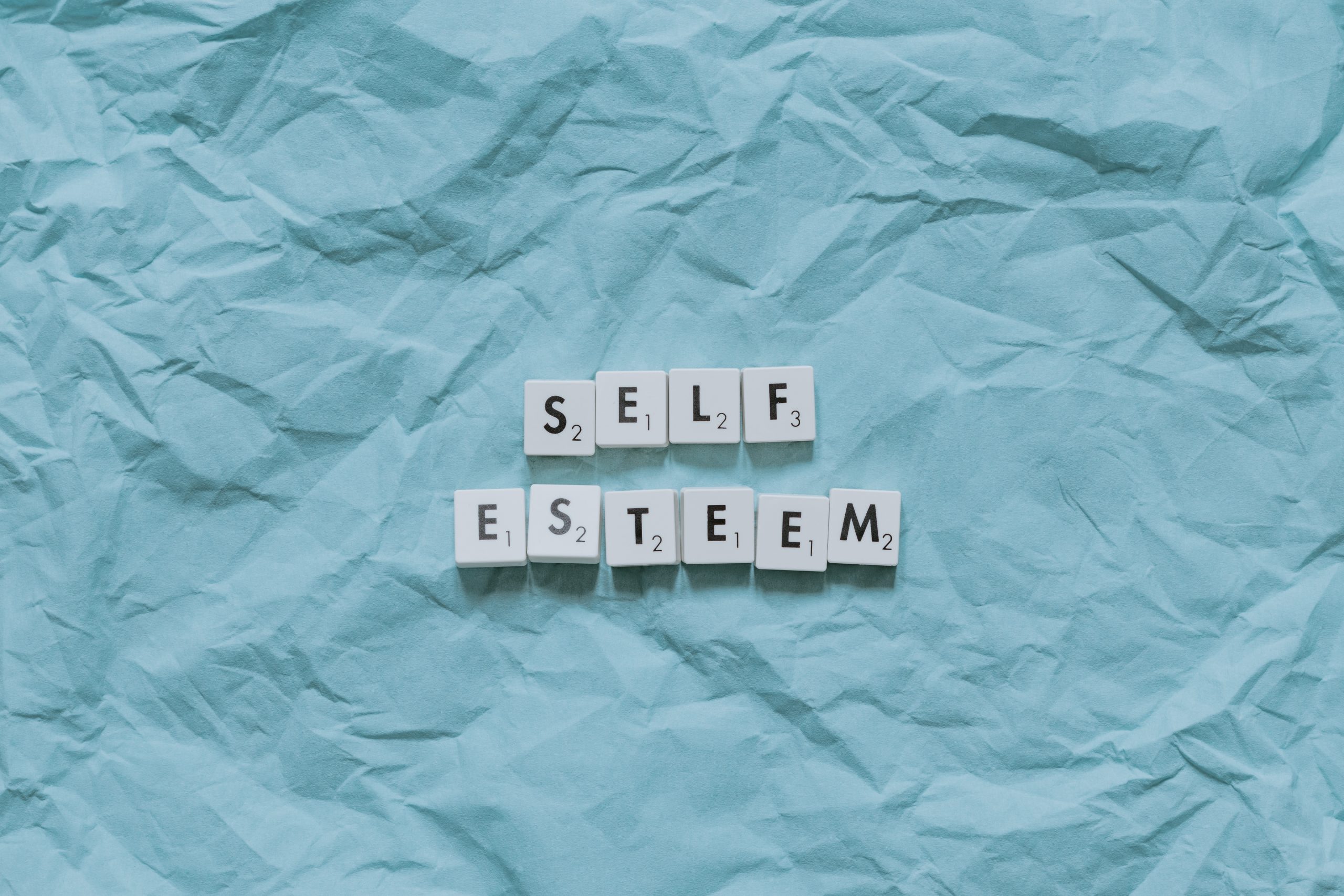A lack of self-esteem is something that most of us, if not all of us, have had the aggravating misfortune of having to deal with. “Does anybody like me? Who can love someone like me? Am I smart enough, good-looking enough or interesting enough?” These are some of the questions that many of us have been tormented by to no end, leading our brains into the hellish vortex of self-doubt and/or self-hatred.
Is it possible to break through the thick walls of this netherworld and teleport ourselves into a place of self-compassion and self-acceptance? Absolutely! Keep reading to find out how I managed to escape the fiery gates of my mind.
My Story
Self-esteem is about how you view yourself. When an individual holds deep-seated negative beliefs or opinions of themselves, they will have a less favourable image of themselves. These beliefs stem from life experiences which impacted us or shaped us in a certain way. Some of the experiences could be: childhood trauma (e.g. neglect, abuse), bullying, not fitting in, not being able to meet the high standards set by our parents/caregivers, a lack of positive reinforcement, racism, xenophobia.
What caused my self-esteem to be so low? Well, there isn’t one simple answer. My identity is made up of segments, adjoining one another to form a circle. At the centre of it, it’s my true Self. Unfortunately, my protective layer had been peeled off before I was ready, resulting in each segment being exposed to harm. Some were picked up, damaged and subsequently returned to their original position with punctures.
For example, my body image segment was pierced by the relentless bullying I faced when I was child. Since I was quite literally the only black sheep in the Italian herd, my physical attributes were different and, therefore, were constantly being picked apart and ridiculed. My hair wasn’t straight enough, my nose was too big, my skin was too dark, my lips were too full, my frame was too small. Nothing about the way I looked was good enough. My racial identity segment was of course negatively impacted by the racial slurs, the comments and the micro-aggressions. I was ashamed to be myself, as to be myself meant alien. And who could love an alien? Just like a celebrity, I felt overly exposed – I was getting trolled for just existing.
Over the years, many individuals also held assumptions about my intelligence which I then ended up internalising. I felt stupid and never wanted to contribute during class for fear of being wrong. I was scared of failure but most importantly, I feared looking in people’s eyes and seeing it staring at back at me.
Needless to say, my ability to trust others had been completely compromised. This particular segment had been punctured countless times, as I faced multiple traumas. I became quite aloof, shielding myself from any further attacks. I didn’t trust anyone enough to see my real Self, so I kept her hidden away for many years. I became a shapeshifter: extremely malleable and taking the form of the person standing next to me. Their characteristics also became my own. What could go wrong then? Surely, I was bound to be liked if I completely silenced my inner voice. So, without any qualms, I placed my true Self in a cage of my own making, ignoring her pleas for authenticity.
After years of crying, screaming and pulling at the prison bars, my inner voice had been consigned to oblivion. She was nothing but a faint memory, a distant cry from a different lifetime. What was left? Layers of futile mimicry.
Where Did I Go Wrong?
I became a people-pleaser, so that people would like me. I carefully studied those around me and morphed into their object of desire, as a way to seek for approval and affection. With the help of my therapist, I realised that those friendships were based on deception and fear. I was preventing others (and myself) from getting to know the real me, as I was frightened of history repeating itself. In order to have healthy functioning relationships, you need to be in touch with who you are and be emotionally available. Since I was neither, I decided to go searching for my true Self by dating myself. With time, she felt safe enough to talk to me again and eventually freed herself from the shackles of repression so she could impart her wisdom again. I was able to regain clarity after all these years by paying attention to my wants, my needs, my likes, my dislikes, my values and my beliefs.
Tips
Now that I am unapologetically me and believe in my own worth, I am definitely much happier. Of course, you must remember that self-esteem is a journey not a destination, so it will ebb and flow over the years.
Here’s what helped me improve my self-esteem:
- Dating myself – a lot of trial and error is to be expected. Watch lots of different films, read books, do different activities, listen to all kinds of music, go to events, talks, gigs. Don’t give up at the first attempt! If you ignored your true Self as long as I did, this exercise will help you find them again.
- Deepening my knowledge by reading books on topics that I was interested in.
- Learning how to be emotionally intelligent.
- Taking an interest in current culture.
- Not being afraid to learn from others.
- Practicing body neutrality (see Ellie Bull’s article).
- Learning to appreciate my culture.
- Creating meaning for myself out of the traumas I endured. For example, I have written articles on racial trauma and attended panel talks.
- Identifying my negative core beliefs (e.g. I’m not good enough, I’m not smart, I’m not loveable).
- Understanding unhelpful rules and assumptions that were hindering my self-esteem (e.g. I must always say “yes” so that people will like me; if I speak up, people will not love me anymore; I must always be perfect, so that people will love me).
- Tackling unhelpful behaviours that were compromising my self-esteem (e.g. lack of boundaries, not standing up for myself, perfectionism, ignoring red flags, staying in unhealthy situations).
- Surrounding myself with people that loved me for me.
- Practicing self-acceptance – celebrating the “good” about me, while learning to coexist with the “bad” and the “ugly”.
- Having fun!
- Getting used to spending time on my own and enjoying my own company.
- Healing my inner child by giving her the reassurance and love that she needs (see Ellie Bull’s article for more info)
- Opening up more and being vulnerable with people I trust.
- Being patient.
- Understanding what my needs are and asking people to respect them (e.g. if I need space, I will communicate that rather than just disappearing)
- Seeing a therapist.
Perhaps it’s time to work on one of the most important relationships you’ll ever have. You are going to be living with YOU for a long time, so why not learn how to love yourself?




